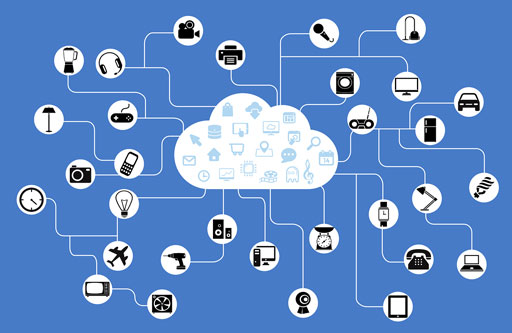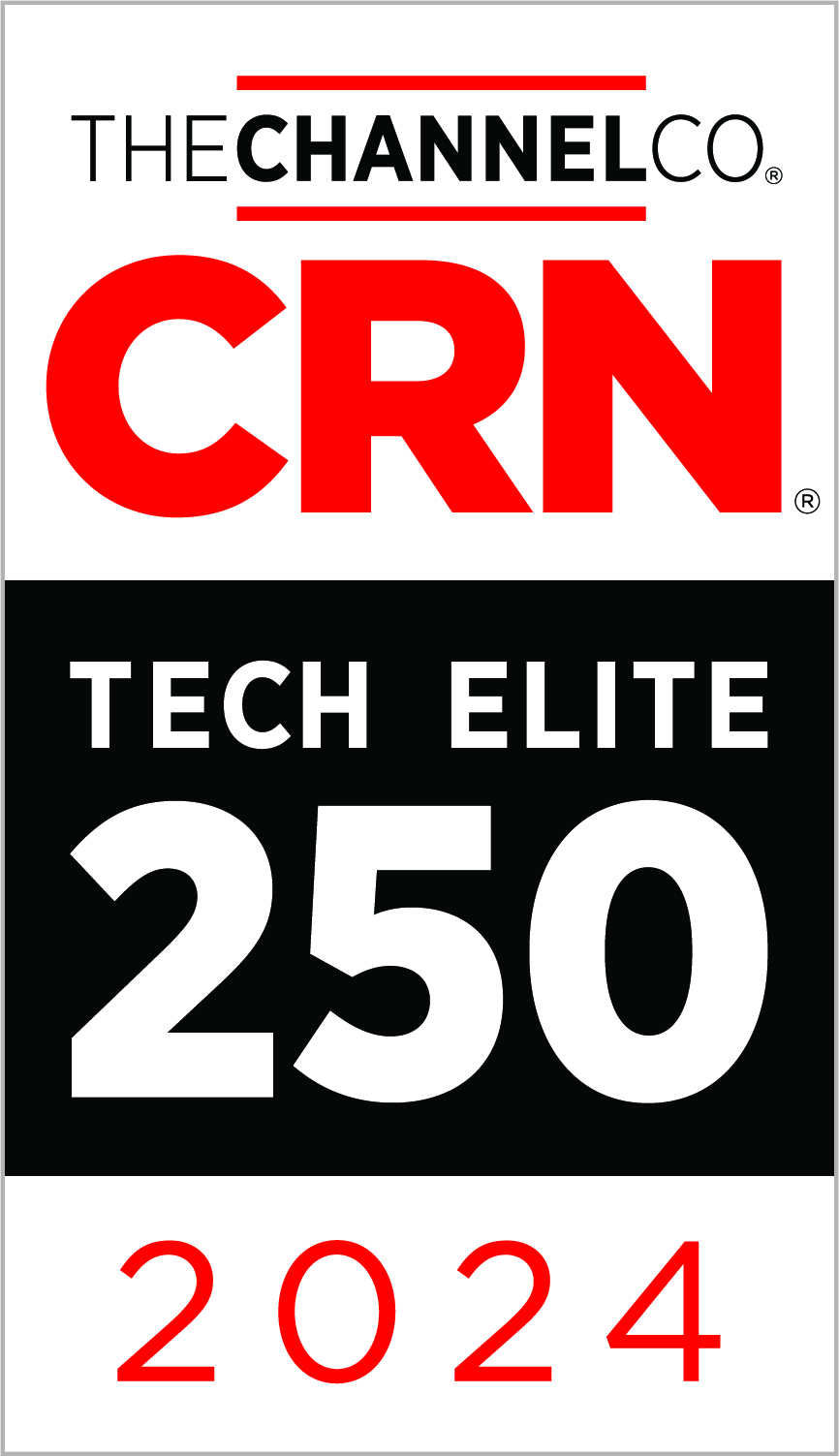IoT- Internet of Things.. Or is it the next "internet"?

IoT, Internet of Things, isn’t just a word that you see in “IT buzzword bingo.” It is rapidly becoming unavoidable. Whether or not you want it to be, it is likely going to be a part of your life. Fighting this trend would be like trying to fight the growth of the Internet in the 1990’s and 2000’s. It is taking over, and there is nothing that can be done to stop it. To borrow a phrase from Star Trek, “Resistance is futile.”

IoT adoption in our lives
If we take a step back and analyze what’s going on, the number of use cases for IoT is astounding. In our personal lives, we are inundated with it. From mobile devices, wearable tech, Alexa, Google Home, internet connected light bulbs, doorbells with integrated cameras, thermostats, door locks, to automotive dash cameras that upload data in real time to the cloud (using WiFi to your phone, then uploaded over your Cellular provider)… and the list goes on and on. The smart “everything” market is exploding. Even if IoT hasn’t become a huge part of your life, you can be sure that it will in the very near future.
Video surveillance is everywhere these days. Smart monitoring of our utilities such as electricity and water is another trend. If you don’t live in a smart city already, chances are you will soon. According to a headline from IEEE , the folks who are involved in standardizing much of the technology in our lives, …
“The Forecast of 50 Billion Devices by 2020 is Outdated.”
Though the article goes on to trim down estimates a bit, this is still HUGE.
Everyone is creating IoT “Things”
Raspberry Pi and Arduino are creating massive amounts of human exposure to the development of products for the IoT ecosystem. Anybody these days can create their own IoT products with a Raspberry Pi or Arduino. There is an endless supply of accessories and sensors. One can often complete a project for less than $100. As this market continues to grow and provide more capabilities and accessories, it becomes significantly cheaper to mock up products. This will lead to the development of even more products that do more – for less money.
IoT- DIY Style
Here is an example that I haven’t implemented. You can find plenty of example projects to help get you started. Using a Raspberry Pi or Arduino, you can easily hook up sensors to monitor moisture, temperature, or dust. You can then integrate a camera for easy viewing over the network. We can apply all of this into a simple data center monitoring appliance. The total cost would be very low. The ability to customize and automate using Linux would be endless.
There are plenty of data center monitoring devices readily available. Some can be quite costly. You may also find that you are unable to customize to the degree of what some might want or need.
Imagine taking this custom appliance, and integrating it into your favorite cloud provider for off-site sensor and video data collection. Then, tie it all together with AI to analyze the data for trends. You can use TensorFlow or whatever your favorite framework happens to be. This will help solve the problem of “you don’t know what you don’t know.”
In the event of a problem detection, the device can fire off some Python or other scripting language. This will automatically migrate VMs to another site, power down physical servers, and send an alert with sensor data and video clip. Once the kinks are worked out, you can have it manufactured in scale to reduce costs and drive up efficiency even further.
Although this is a simple example, the possibilities and use cases for both business and home are endless. The point here is that innovation is taking place in the world of IoT at a dizzying speed.
Smart EVERYTHING
We are now measuring and controlling just about everything imaginable. Here are some examples of IoT use cases for business:
-
- Smart cities
- Smart energy
- Smart signage
- Smart cars/trucks/planes/buses/etc
- Smart agriculture
- Smart Buildings
- Smart Hospitals/Health Monitoring
- Smart Retail
- Smart Manufacturing
- Smart Supply Chain
Smart Almost Anything You Can Possibly Imagine….
Are you prepared for the massive flood of data on your network?
With devices that either produce or receive video streams, data flowing through our networks is growing at an exponential scale. On top of IoT taking over the world, AI is analyzing this data in ways like never before. We are increasing our collective knowledge about everything imaginable at a speed never thought possible.
Wireless devices are consuming network resources like it’s going out of style. The wired network required to support it continues to require growth as well. We also have to worry about our security posture for all of these devices on the network. Is your network ready now? Is it ready to handle demand 3 years, or even one year from now?
If you are considering an IoT or AI project, or the wireless and wired network and security required to support it, Zunesis has the expertise. Schedule an assessment today, we’d love to help!
Categories
Search
Blog Categories
Related Resources
Archives
- July 2024
- June 2024
- May 2024
- April 2024
- March 2024
- January 2024
- October 2023
- September 2023
- August 2023
- July 2023
- June 2023
- May 2023
- April 2023
- March 2023
- February 2023
- January 2023
- October 2022
- July 2022
- June 2022
- May 2022
- April 2022
- March 2022
- February 2022
- January 2022
- December 2021
- November 2021
- October 2021
- September 2021
- August 2021
- July 2021
- June 2021
- May 2021
- April 2021
- March 2021
- February 2021
- January 2021
- December 2020
- November 2020
- October 2020
- September 2020
- August 2020
- July 2020
- June 2020
- May 2020
- April 2020
- March 2020
- February 2020
- January 2020
- December 2019
- November 2019
- October 2019
- September 2019
- August 2019
- July 2019
- June 2019
- May 2019
- April 2019
- March 2019
- February 2019
- January 2019
- December 2018
- November 2018
- October 2018
- September 2018
- August 2018
- July 2018
- June 2018
- May 2018
- April 2018
- March 2018
- February 2018
- January 2018
- December 2017
- November 2017
- October 2017
- September 2017
- August 2017
- July 2017
- June 2017
- May 2017
- April 2017
- March 2017
- February 2017
- January 2017
- December 2016
- November 2016
- October 2016
- September 2016
- August 2016
- July 2016
- June 2016
- May 2016
- March 2016
- February 2016
- January 2016
- December 2015
- October 2015
- September 2015
- August 2015
- July 2015
- June 2015
- May 2015
- April 2015
- March 2015
- February 2015
- January 2014
- February 2013




